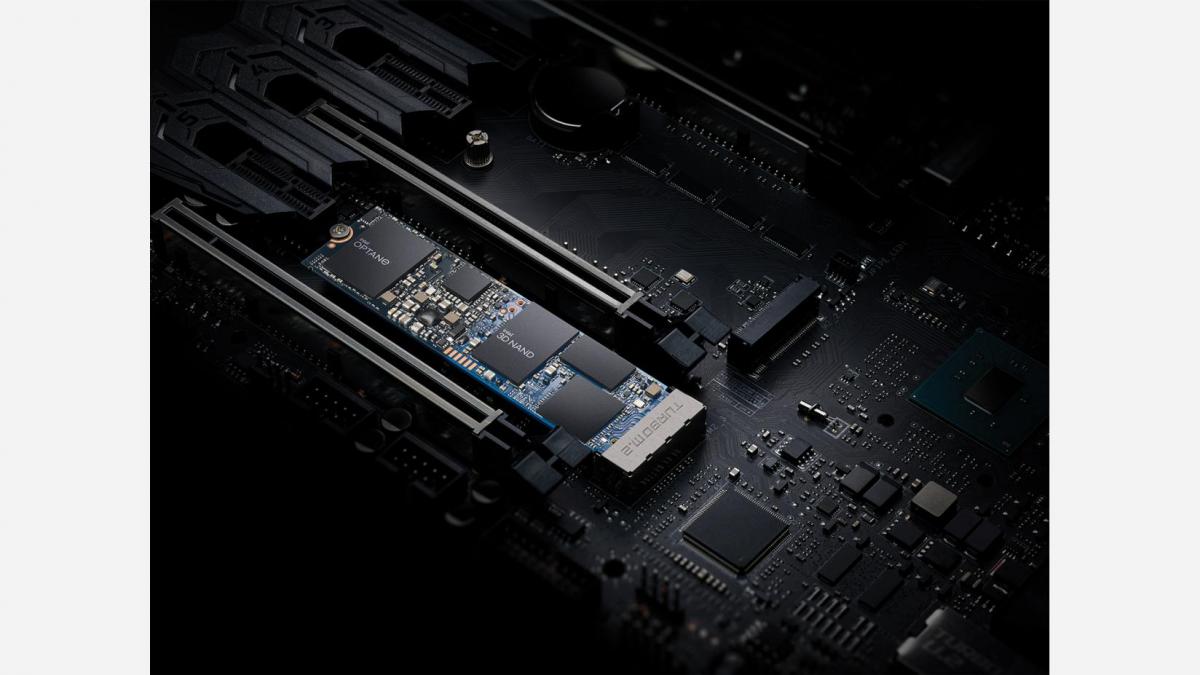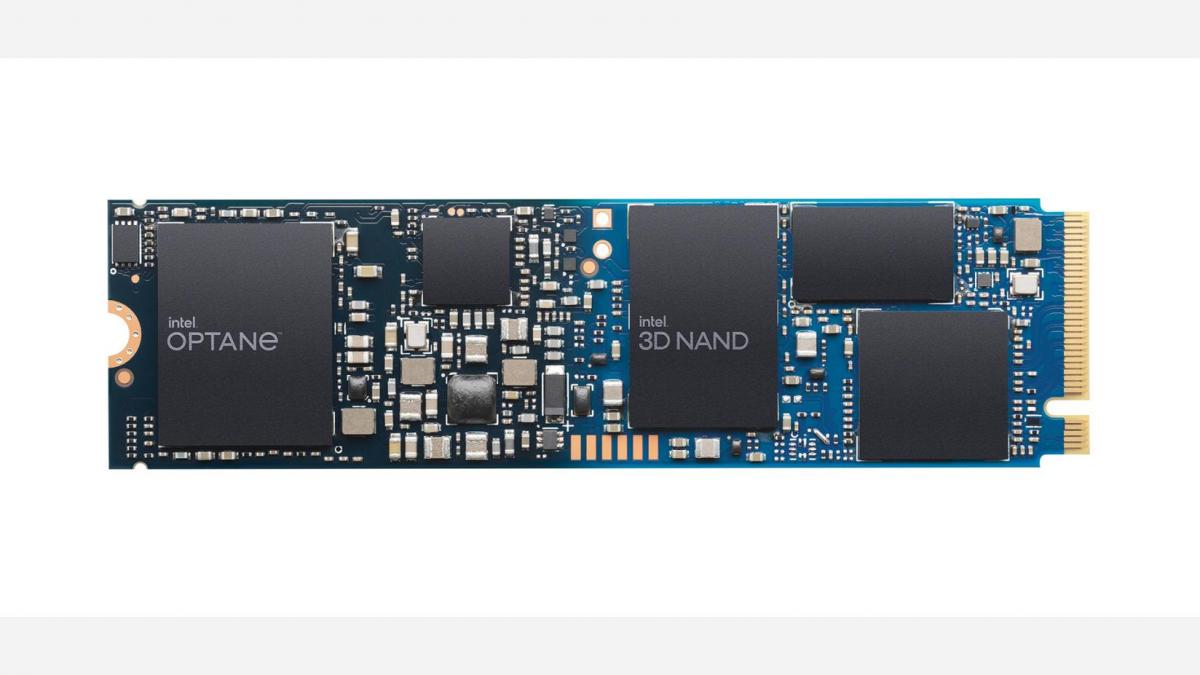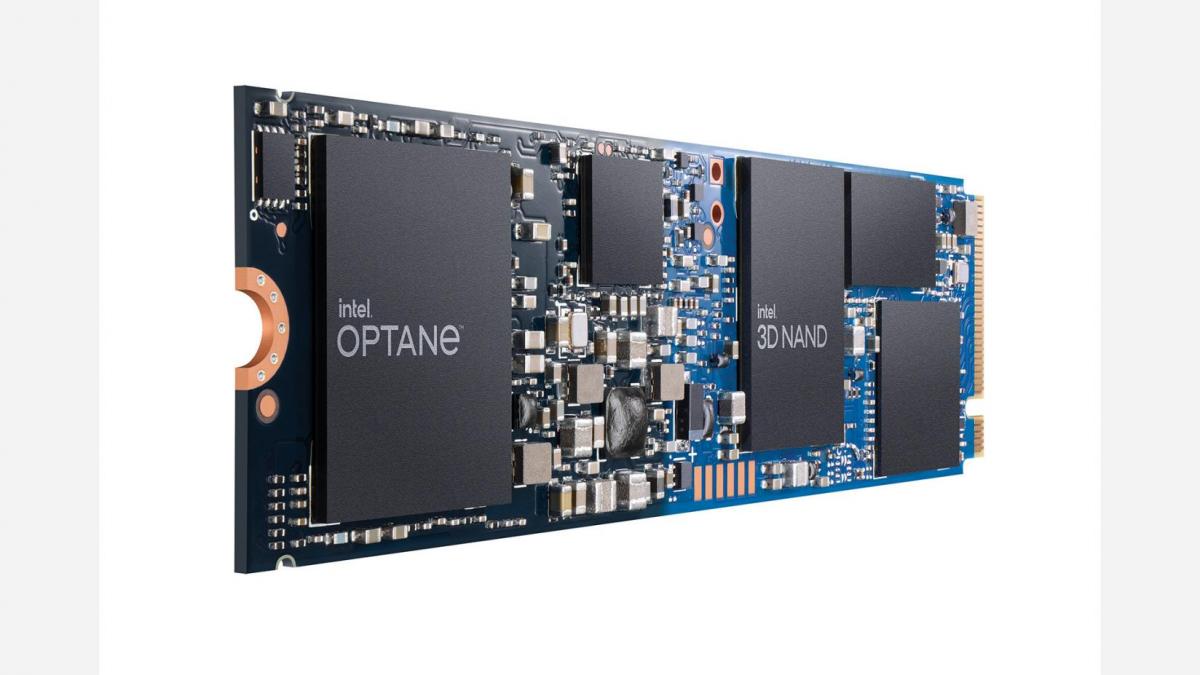Intel today announced its new memory and storage product for client, Intel Optane memory H20 with solid state storage.
Delivering innovation in storage through 11th Gen Intel® Core™ processor-based platforms, Intel Optane memory H20 offers a personalized computing experience with a new level of performance and large storage capacity options for gamers, media and content creators, everyday users and professionals. By combining the best attributes of Intel® Optane technology and Intel QLC 3D
NAND technology, Intel Optane memory H20 brings together two revolutionary memory and storage technologies on a single M.2 2280 form factor device.
The versatile M.2 form factor works in everything from Intel® Evo™ laptops to traditional desktops, as well as all-in-ones and mini-PCs. Providing improved performance and responsiveness with lower power consumption compared with the prior-generation product, Intel Optane memory H20 accelerates what you use most, from everyday tasks to managing large media and gaming files and applications.
Intel Optane memory H20 with solid state storage will be widely available to original equipment manufacturer customers beginning June 20.




